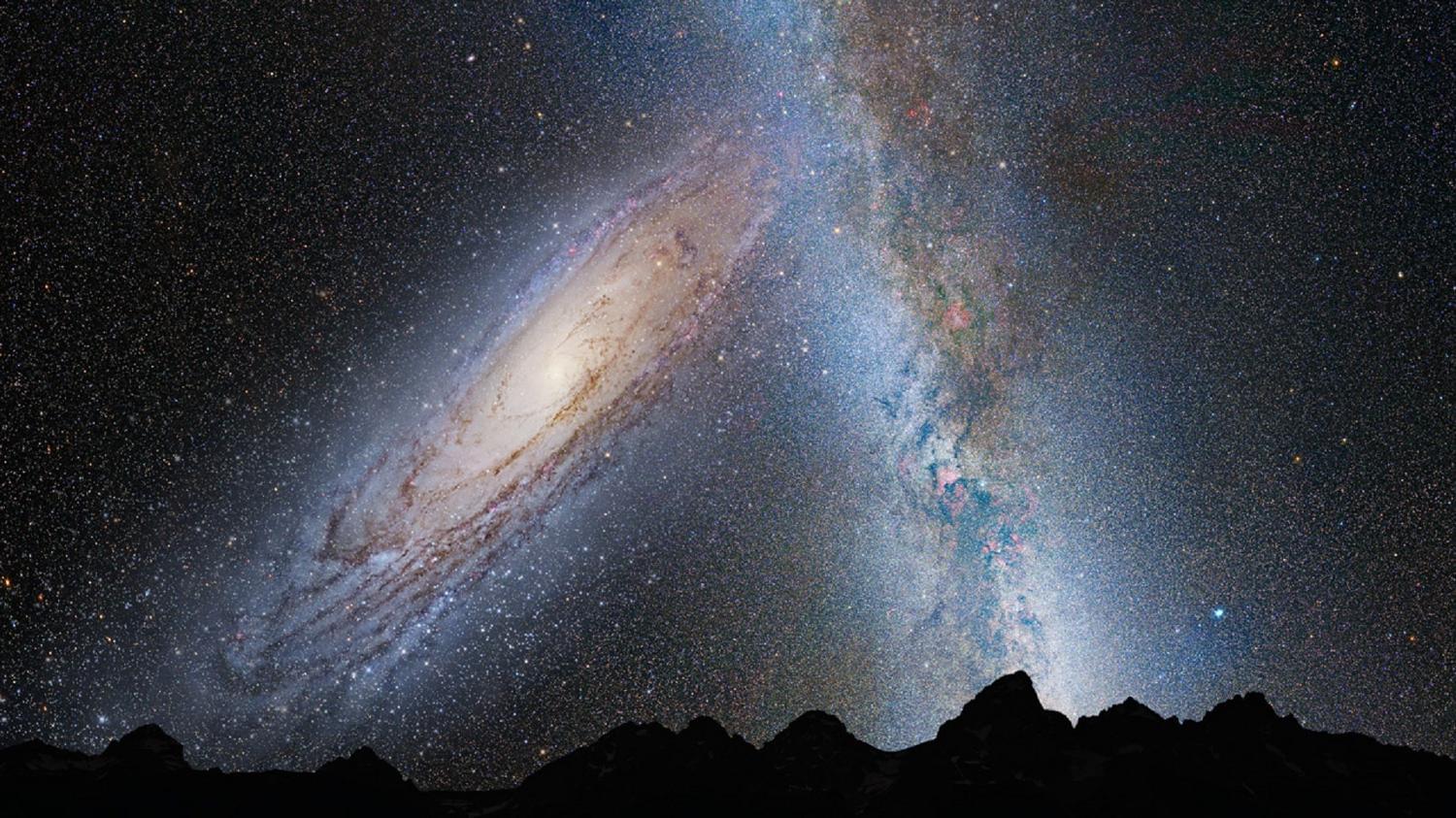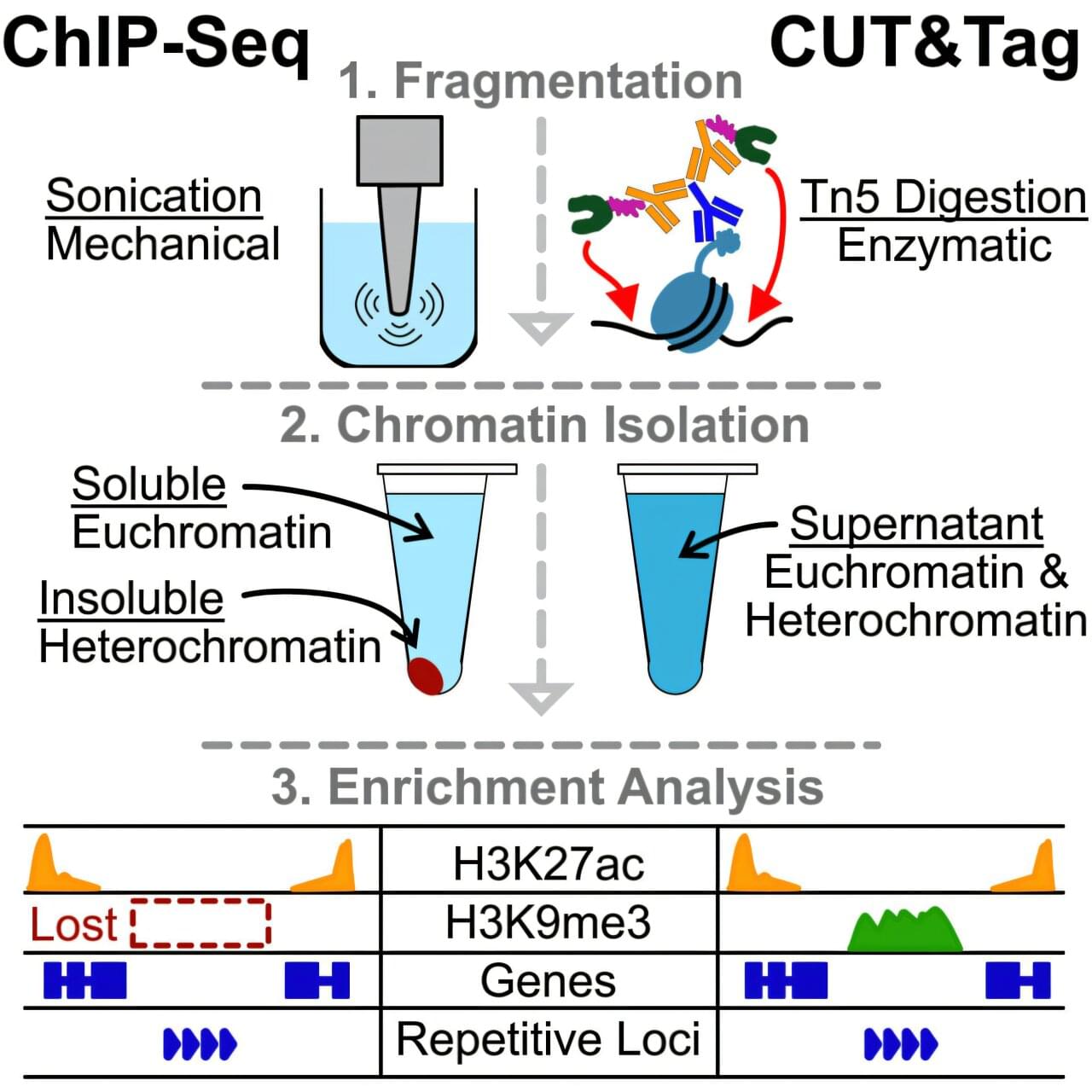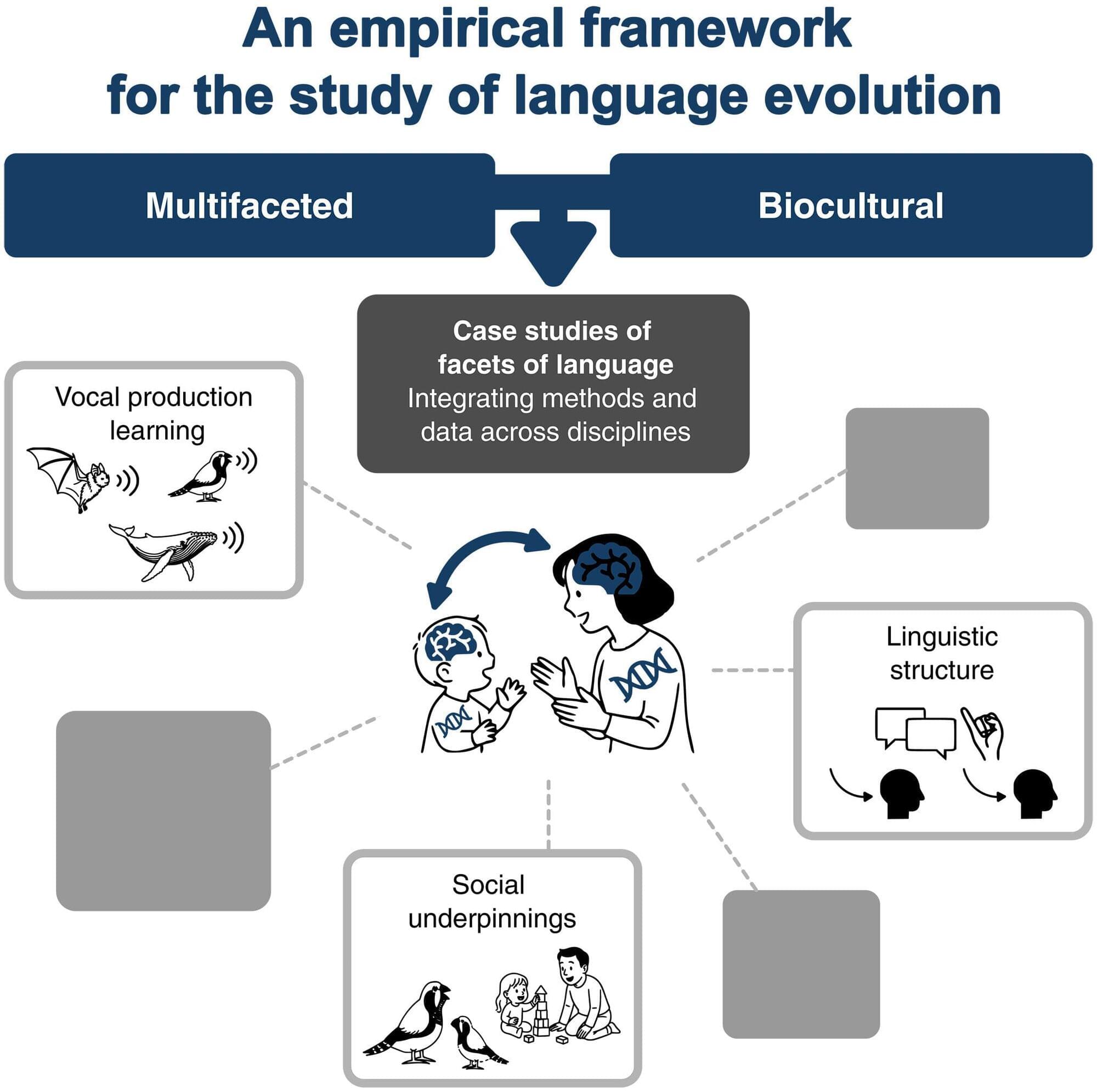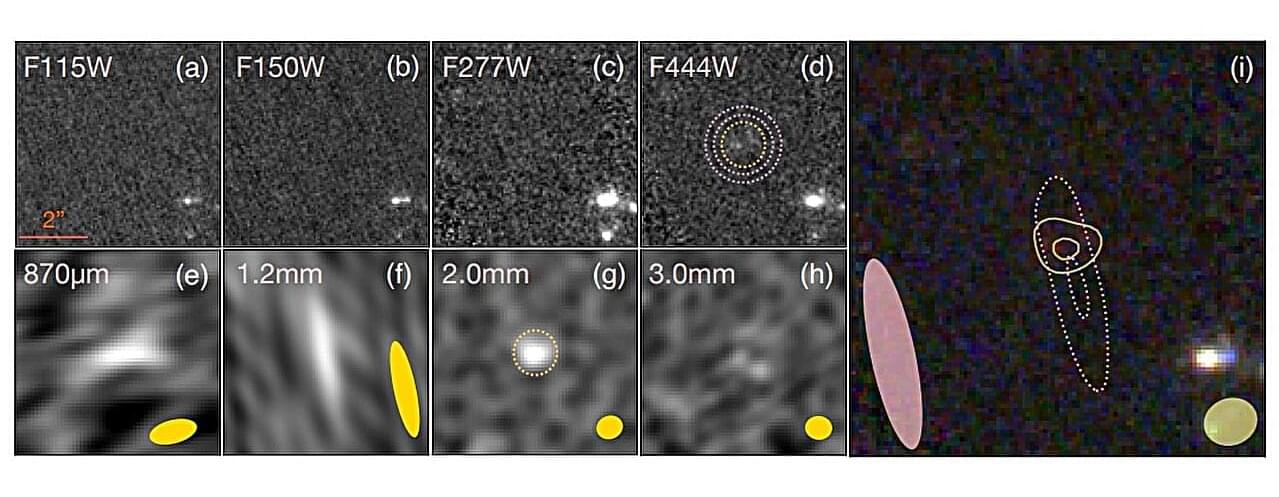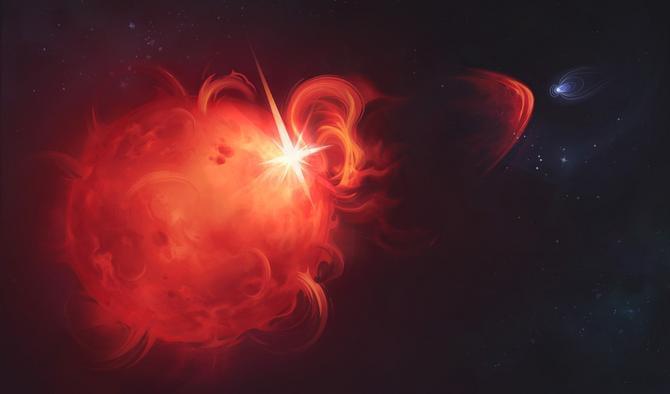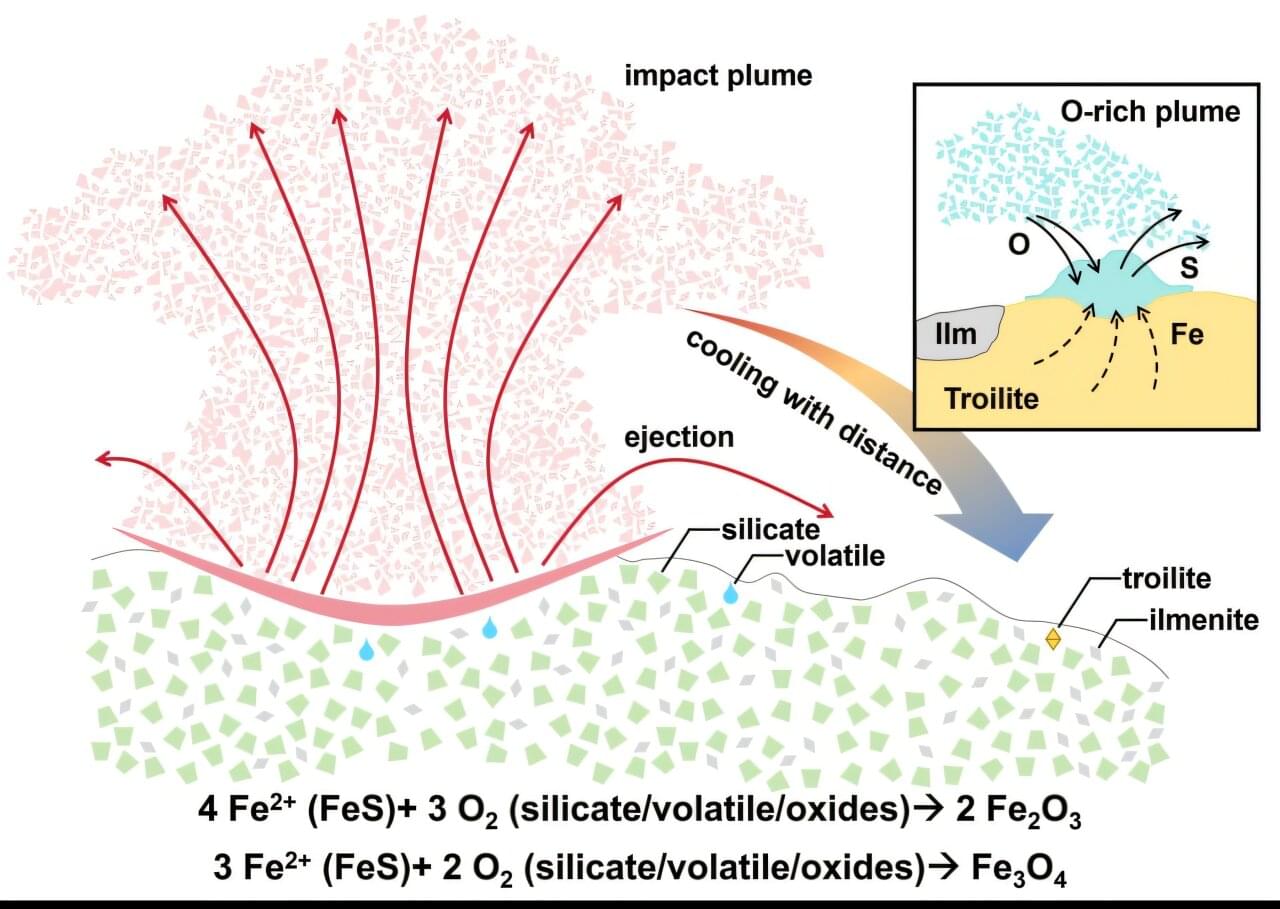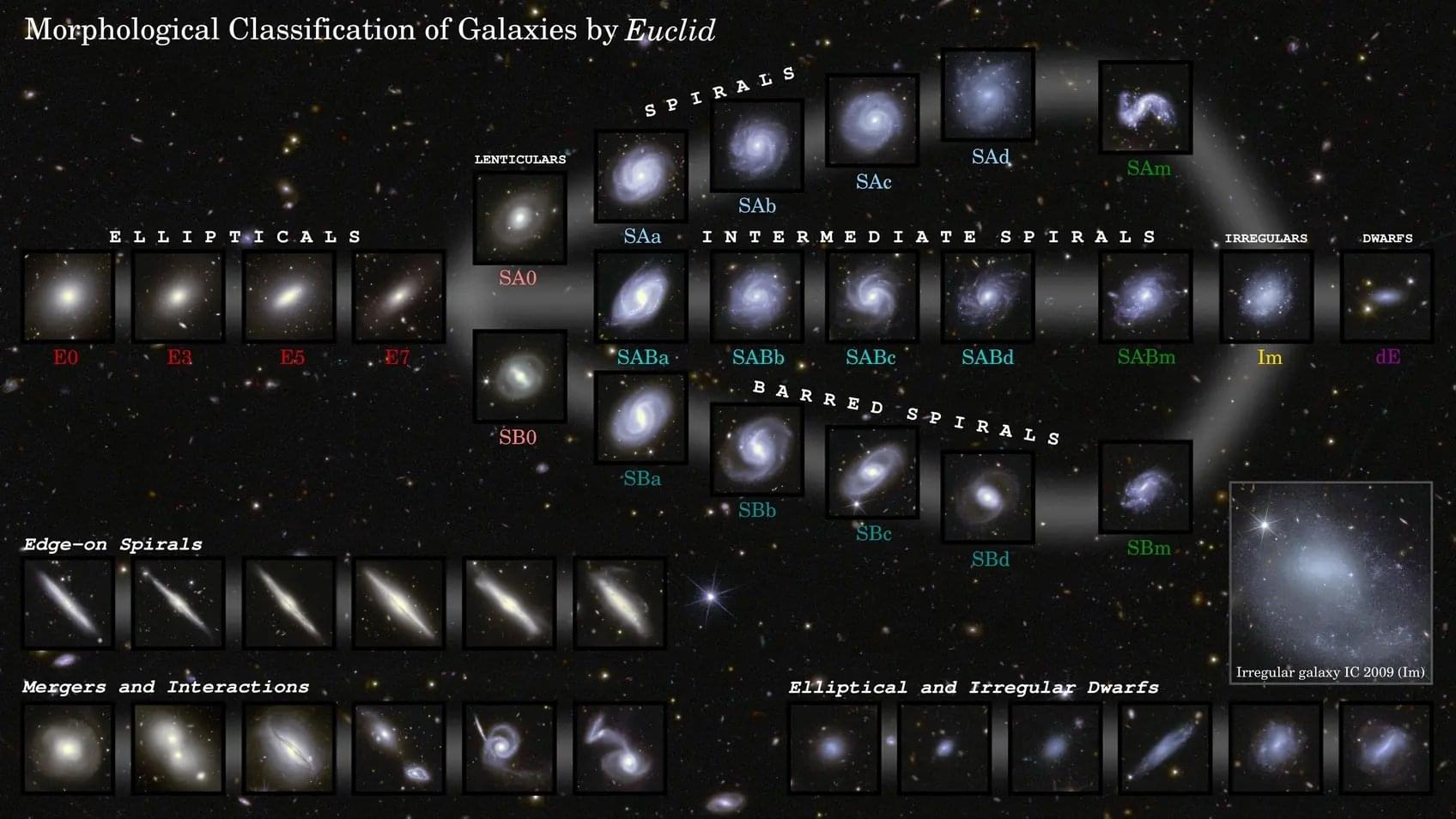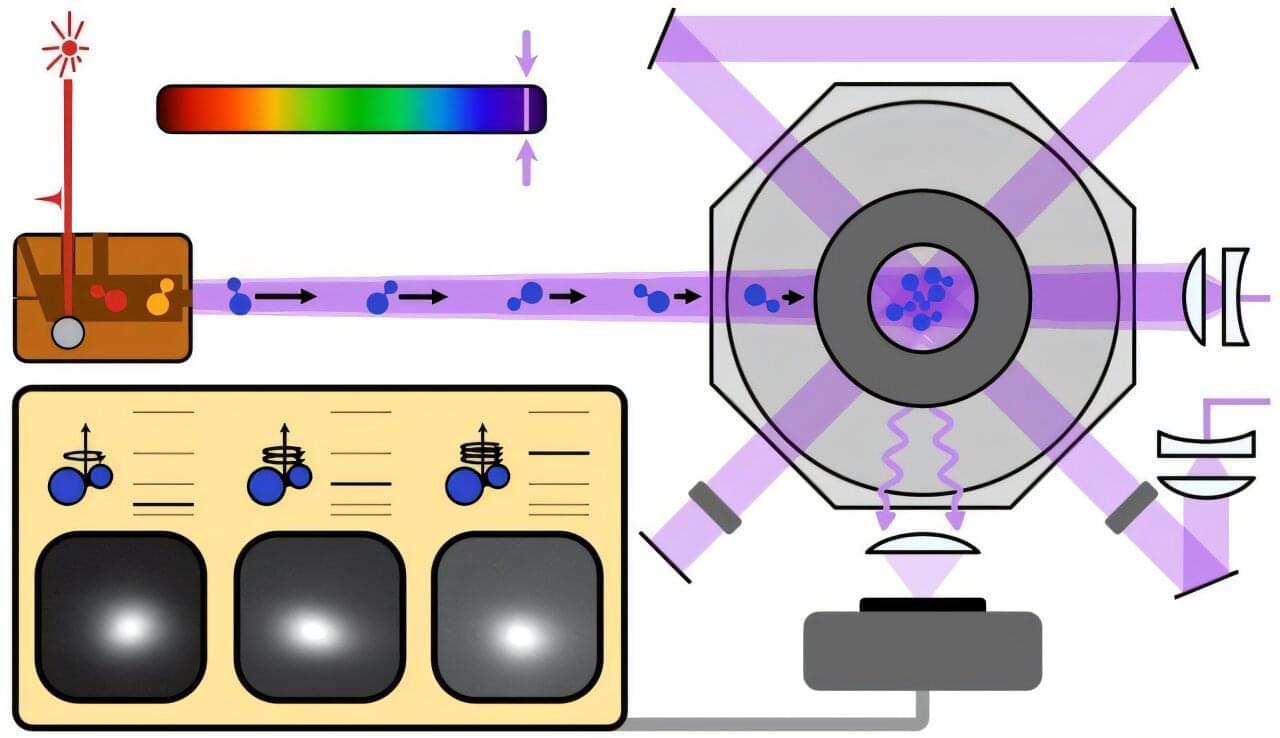Euclid’s first data release is here — and it’s already transforming our understanding of galaxy evolution, black hole growth, and the hidden structure of the Universe. From secondary galactic nuclei to rare ionized systems and newly revealed dwarf galaxies, Euclid is opening a new chapter in cosmology. To learn more about Euclid’s First Data Release, you can watch our full video on YouTube.
Paper link : https://arxiv.org/pdf/2503.
Chapters:
00:00 Introduction.
00:49 DISCOVERY
03:59 SCIENTIFIC IMPORTANCE & THEORIES
07:17 IMPLICATIONS & WHAT’S NEXT
10:49 Outro.
11:03 Enjoy.
MUSIC TITLE : Starlight Harmonies.
MUSIC LINK : https://pixabay.com/music/pulses-star… our website for up-to-the-minute updates: www.nasaspacenews.com Follow us Facebook: / nasaspacenews Twitter:
/ spacenewsnasa Join this channel to get access to these perks:
/ @nspacenews #NSN #NASA #Astronomy.
Visit our website for up-to-the-minute updates:
